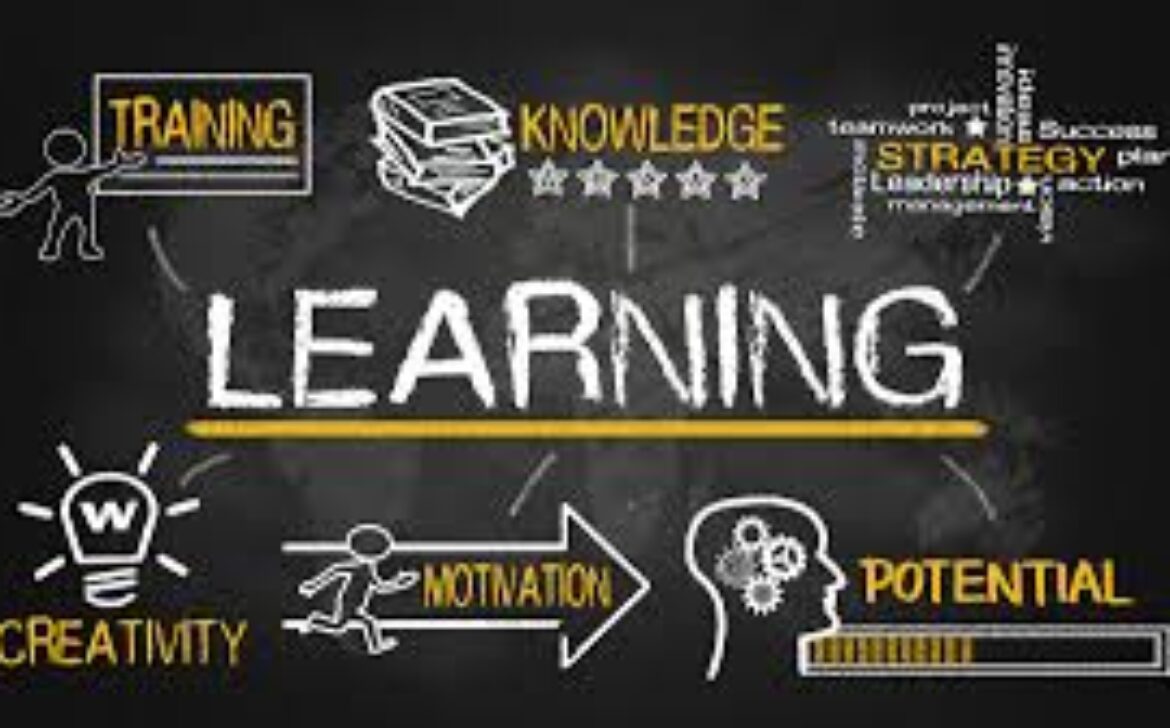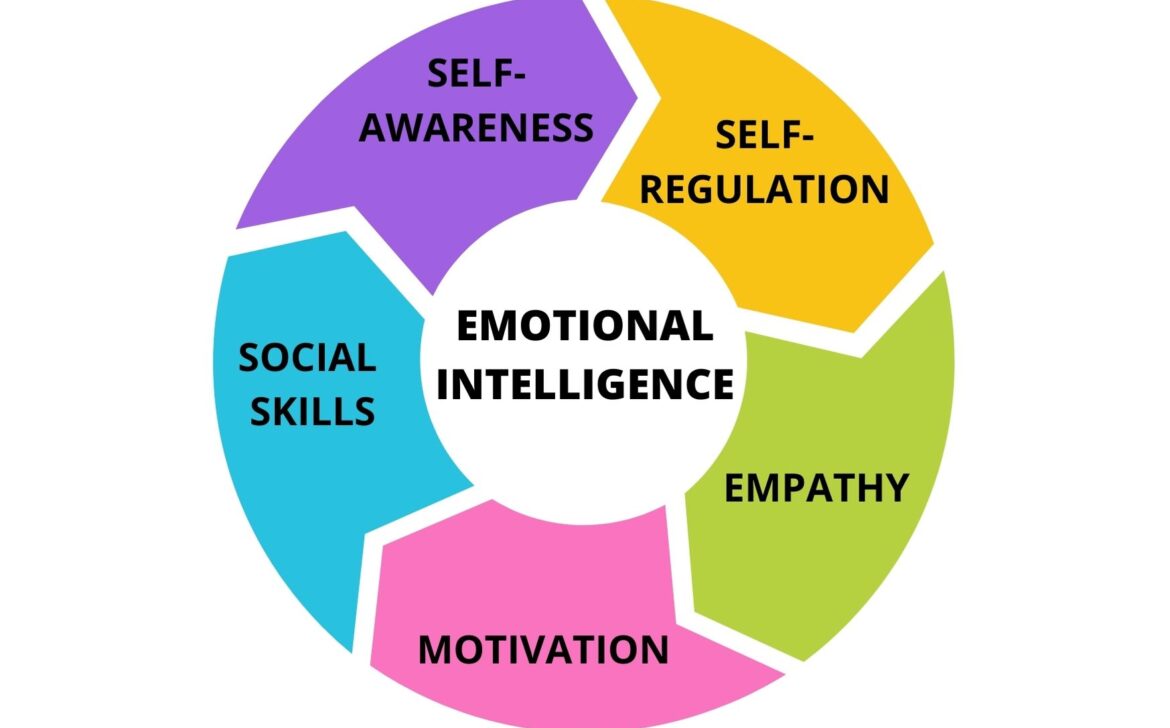Lifelong Learning: Preparing Your Tech Teams for Jobs of the Future
As the nature of human work changes in the emerging technological context, a new workforce is set to emerge, requiring diverse skills. Innovating and succeeding in this continually evolving landscape provides executives with a unique challenge. To drive innovation using new technologies and draw and act on insights from vast amounts of data; requires individuals who can communicate effectively, apply problem-solving and critical-thinking skills. Soft skills, along with business and digital capabilities, are now what’s needed to prepare for the future. All these profound transformations—from the changing type and nature of jobs to the rapid change in the kind of skills required—create an imperative for organizations to upskill the workforce and for individuals to become lifelong learners. But how does one become a lifelong learner? What kind of people are lifelong learners? They are people with a growth mindset. What exactly is a Growth Mindset? According to Harvard Business Review individuals who believe their talents can be developed (through hard work, good strategies, and input from others) have a growth mindset. They tend to achieve more than those with a more fixed mindset (those who believe their talents are innate gifts). Such people worry less about looking smart, and they put more energy into learning. A growth mindset and strategies that help us to grow continually is critical in today’s fluid and ever-changing landscape. Learn more on the growth mindset here The evolution of jobs As organizations adopt emerging technologies, every job is evolving, and the roles of the future are becoming more digital, more multidisciplinary, and more data-driven. The concept of a job is fundamentally changing. Paradoxically, to be able to take full advantage of technology, organizations must redesign jobs to focus on finding the human dimension of work. The types of jobs that an individual can perform and the skillsets required will change as machines take over repeatable tasks. Standard jobs: Roles that use a specified and narrow skill set. The work requires repeatable tasks and standard processes. Hybrid jobs: Roles that perform work using a combination of skill sets drawing on both technical and soft skills. These jobs have historically not required this combination of competencies. Super jobs: Roles that combine work and responsibilities from multiple traditional jobs. They use technology to both augment and broaden the scope of the work performed and involve a more complex set of domains, technical, and human skills. Source: Deloitte Preparing for the Future of Work – Invest in skill-building The key to preparing for a future job market is to do everything in your power to be ready to adapt to the future of work. Focus on learning the fundamentals and becoming highly adaptable: Take the time to plan your future – We all need to be our futurists. In a busy world, we must carve out the proper time to consider how our skills and our dreams will fit with an economy that is swiftly changing. We must work today to prepare ourselves for the jobs and opportunities of the future. Fostering human qualities such as imagination, creativity, advanced reasoning, emotional intelligence and social interaction along with hard, domain-specific skills. Disruptive technology organizations are leading the way — the future workplace is highly intelligent. In this pervasively connected digital workspace, teams and individuals will make better decisions. This hyper-connected workplace, with extensive real-time data gathering and cognitive analysis made possible by AI, is here NOW. When the pace of change gets this fast, Thomas Friedman says, “the only way to retain a lifelong working capacity is to engage in lifelong learning.”
Carefully choose your expertise – Our future will be shaped by what we want to learn today. We should aim to build knowledge in an area, but also take the time to develop a base of cross-functional skills. It is essential to follow your passion, but also to consider whether the skills you are building have longevity.
Fuel your appetite for learning – As humans are living longer and technology is changing the needs of the workforce, we all need to keep learning throughout our lives. Become a lifelong learner. Learn to learn. Keep reinventing yourself.
Foster a growth mindset – In a rapidly changing world, we must understand that we can develop and increase our capabilities through study and perseverance. What we learn from our experiences is not what we are able to do, but how we can get better at creating our own personal success































